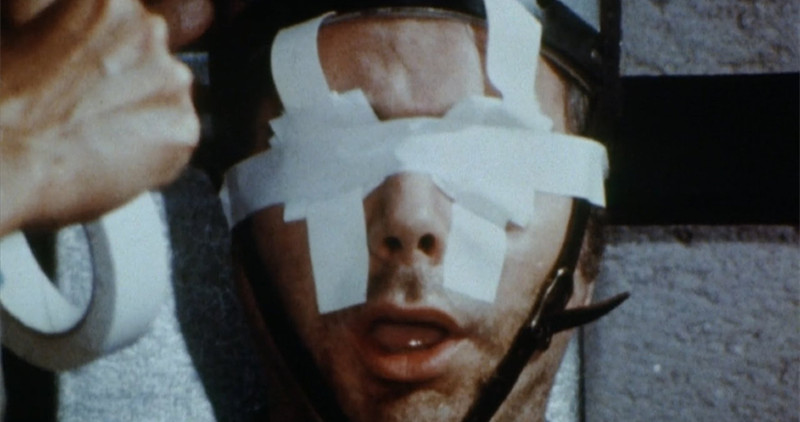
Documentaries, be it exposés on industries, character studies on interesting subjects or just plain non-fiction narratives, are the penultimate medium of education in the language of film. The filmmakers release such films with the intent of enlightening the general public on the issues they chose to highlight, however more often than not, education ends up being the sole intent.
Nevertheless, there are filmmakers who understand that documentaries are at the end of the day, still feature films, and create documentaries that not only educate, but entertain, and are held in high regard as pieces of art.
With that being said, if documentaries are in fact, a sub-category of film, rather than a separate form all together, then the same genres that apply to film should very well apply to documentaries – Action, Comedy, Drama and more importantly, Horror.
The documentaries in this list are all, in some shape or form, horror films. They not only educate, but they scare, inciting as much fear within audiences as any mainstream horror film. Without further ado, here are 10 terrifying documentaries.
10. Faces of Death (1978)
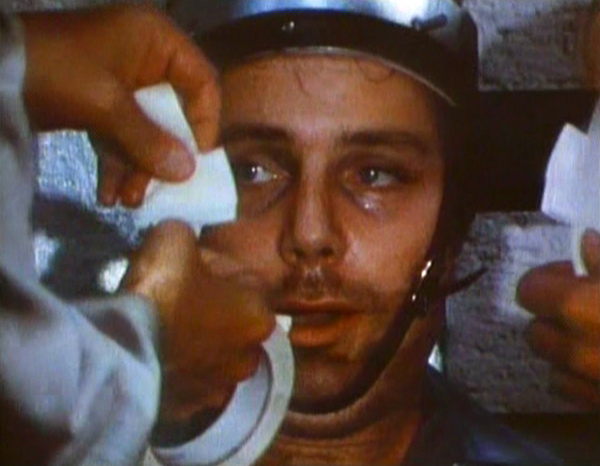
Kicking off the list is Faces of Death, the 1978 film by John Alan Schwartz. In the counterculture era of New Hollywood, filmmakers like Roger Corman popularized the idea of the exploitation film, low-budget horror, erotic or martial arts films catering to very specific demographics. A lesser known sub-genre of this class of film is the mondo film, exploitation documentaries, documentaries that focus on the taboo, often using explicit footages of death and the dead, the most notable of which being Faces of Death, the 10th spot on this list.
Don’t let the low iMDB score of 4.0 fool you, this is by no means a poorly made film. Faces of Death, as the name suggests, takes the audience through a vast collection of death scenes of both animal and humankind alike. As with other mondo films, Faces of Death masterfully blends both real and reenacted scenes of death, leading audiences to separate the fiction from the non-fiction.
The end result is almost horrifying, not only due to the ambiguity of the legitimacy of the clips, but the utter distaste of the entire concept of death, and to think this is the first in an entire hexalogy of films, a series which spawned its own legacy of spin-offs and rip-offs.
9. Under the Sun (2015)
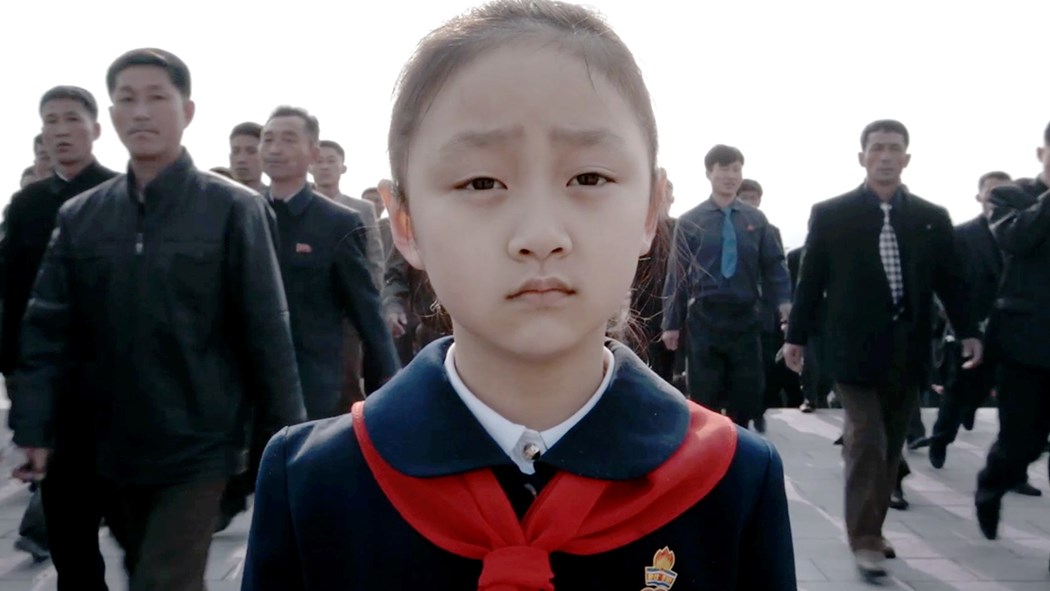
Vitaly Mansky’s obscure 2015 documentary follows a “day” in the life of a “typical” North Korean family, following them as the daughter attends school and the parents go to their respective, equally prestigious jobs. Nothing terrifying there, you might think. However, every single aspect of the family seen in the documentary, from where they work, to how they speak, to their interactions with their “co-workers” have all been elaborately staged by the North Korean government.
Mansky’s aim with this film was to expose the heinous nature of North Korean propaganda. What’s brilliant and terrifying about the film is that despite the fact that Mansky edited the film in order to push the message, the footages and clips (other than the bad takes which Mansky included in the film) have, as a matter of fact, all been vetted and approved by North Korean officials, and despite of that, the film still did so much in painting the country in a negative light.
Other than the disturbing fact that comes with the knowledge that almost every facet of happiness displayed in the film was in fact, controlled and pre-planned by the government who even go as far as to micromanage even the exact lines that come out of the people’s mouths almost in the vein of an actual fictional film, what’s even more terrifying is in fact, the approved footages, not the clips that Mansky and his team smuggled through the North Korean security, but the ones endorsed by the state, which, to all intents and purposes, depict true unadulterated happiness experienced by the North Koreans.
However, this happiness does not come from achievements at one’s job, or seeing one’s friend recover from an injury, or the realization of one’s child’s intelligence. No. All these are staged. Real happiness came from the cult of personality the country’s leaders formed, it came from the almost fanatical worship by the masses, and to think the ruling government saw this as “normal behavior”, normal enough to display to a global audience.
8. Earthlings (2005)

An extensive exposé touching on the maltreatment of animals. Earthlings is a film that has as much content as a 6-part miniseries, but instead chose to condense and present it in a 95-minute package, resulting in a relentless flurry of punches to your gut, complete with the somber narration of one of the current generation’s greatest actors and more importantly, the disturbing and very real footage depicting various forms of animal cruelty.
Earthlings is a film that truly opens up one’s perspective on the horrific extent of the topic. It’s common knowledge that slaughterhouses where animals are killed with the intent of sustenance for humanity have unfavorable conditions, but the general population is often unaware of the true magnitude of such conditions, because “unfavorable” is a colossal understatement.
The idea of killing animals for food, though diabolical, is, in all honesty, debatably justified, as suggested in the film by its subjects. What isn’t justified however, is the other aspects of animal cruelty which extend far beyond food, everything from pet ownership, to entertainment, to science, to even fashion has increasingly disturbing instances of such inhumanity.
A particularly harrowing scene from the film, is one that depicts monkeys being strapped to a table with a device grasped around their skulls, which subsequently jerk their heads with a gargantuan force, such mindless torture is meant to simulate the effects of car accidents, but is such sadism imperative?
The world often condemn the Nazis and the Japanese for their inhumane experiments and treatment of Prisoners of War, even close to a century later the mere thought of their actions leaves a sick feeling in the stomach. So why is basically the same treatment to animals warranted? Why does the world welcome such individuals guilty of equally detestable crimes as fully functioning members of society?
7. The Imposter (2012)
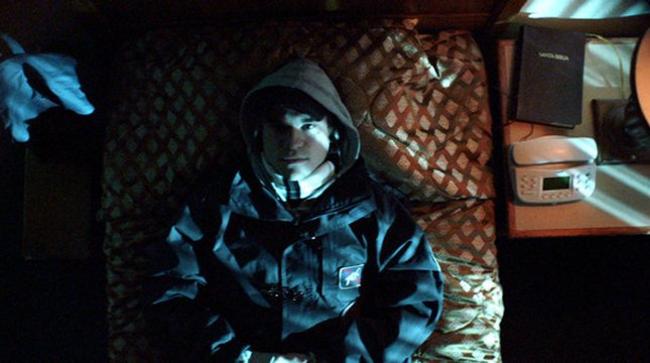
The Imposter tells a story of a French man impersonating a missing American boy. The film essentially presents the audience with two perspectives of the same story, one being the boy’s grieving family struggling with his loss and subsequent reappearance, and the other being the titular Imposter, Frédéric Bourdin- snarky, selfish, manipulative, with literally no redeeming qualities other than his charm.
The Imposter is a film that is for the most part, completely free from obvious bias on the filmmaker’s end, it doesn’t tell audiences to choose between the two perspectives, it instead lets them choose, and ironically most would choose the Imposter, despite it being apparent from the beginning, and through a simple google search that Bourdin is a professional liar, his charm (and the brilliantly shot reenactment scenes) essentially acts as a smokescreen, a smokescreen covering his lies, a smokescreen that builds empathy, the very same smokescreen which the authorities and the missing boy’s family fell prey to.
When the film reaches its climax, it breaks the smokescreen, removing his perspective entirely and showing us cold hard facts, free from style, blatantly telling audiences that they’ve been had, that Bourdin is in fact, a sociopath.
If a casual viewer can so easily fall victim to charm despite having a clear understanding of right from wrong, imagine how easy it was for the family to be invaded by Bourdin, what if you were in their shoes? A more terrifying thought would be- What if Bourdin had more twisted intentions than simply his desire to be someone else?
6. Tickled (2016)
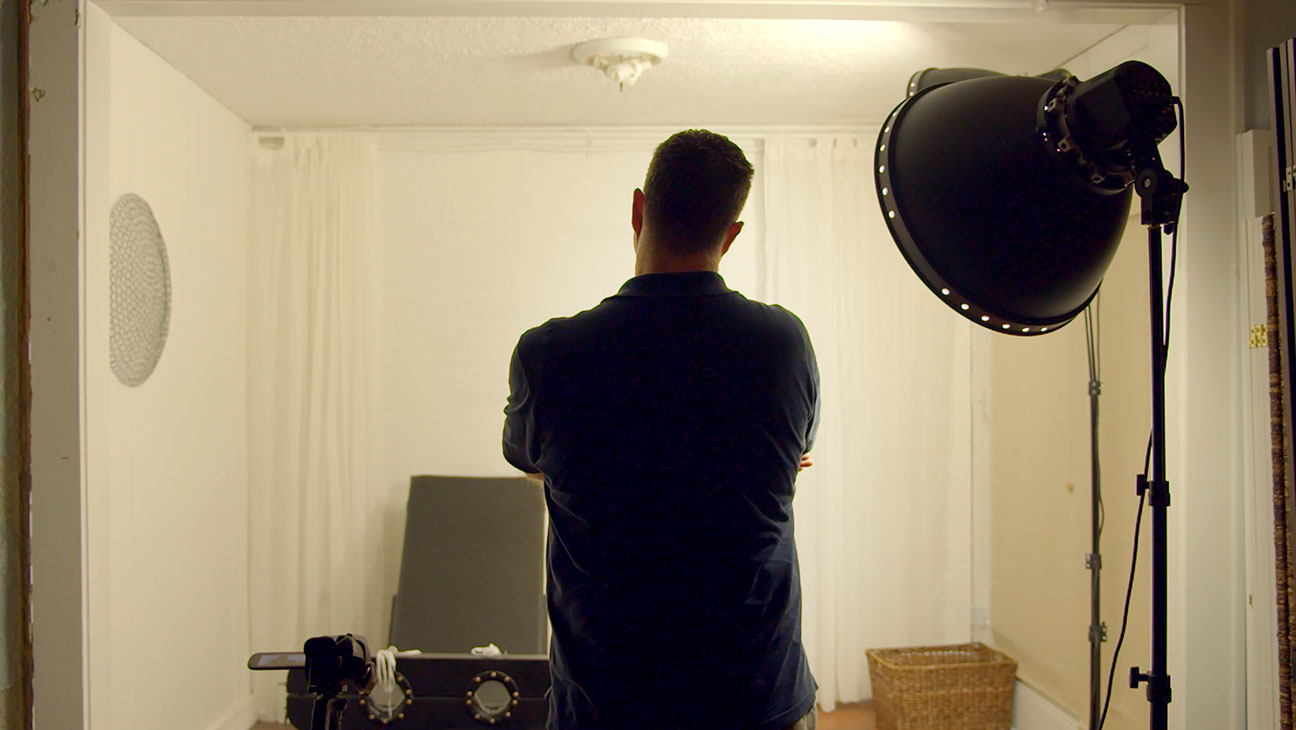
The entire premise of Tickled sounds like the recipe for a comedy- a handful of New Zealanders infiltrating a ring based around… competitive tickling? How can a film with such a logline come anywhere close to being even slightly frightening?
The answer quite frankly, lies on the very same logline. Consider the absurdity behind the entire idea, it sounds like something out of a Yorgos Lanthimos movie and not a non-fictional film.
Consider the fact that there exist individuals out there who take the whole idea of “competitive tickling” so comically seriously to actually invest their time, money and resources to form an actual syndicate, a syndicate willing to go out of their way in order to get what they want – to fulfil their demented fetishes.
The filmmakers’ journey into this dark world eventually led them into a web of a chaos, allowing them not only opportunities to speak to young men whose entire lives were ruined as a result of this “sport”, but also run-ins with individuals from the organization itself, getting to experience firsthand the extent of their insanity.
At the end of the day, the disturbing thought that the film truly raises is the ridiculous power of wealth, money can spawn an entire legacy fostering a fetish, money can entrap and devastate the lives of ordinary people, money is power, plain and simple, and put in the wrong hands, there’s no telling what turmoil would ensue.